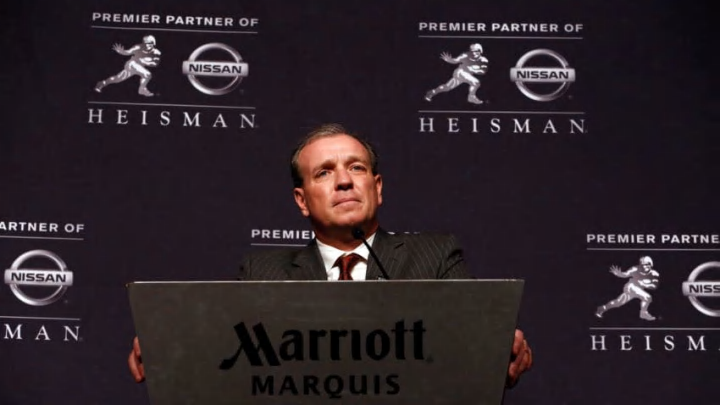
New waiver rule creates inherent doubt of players
The first thought of many people when they first read this report will be “well, Marchiol is doing whatever he can to play.” In fact, it’s an opinion held by Taylor Hamm of TheOther98.com.
Dan this isn’t aimed at you but trust me #Aggies this is a non-story from a scorned family out to hurt Jimbo Fisher, his staff and Texas A&M...trust me. https://t.co/OMXj6Fgw0C
— Taylor Hamm (@_TaylorHamm) August 21, 2018
It’s easy to see this side of the story. Especially if you’re of the opinion the NCAA rules are unfair to players. The NCAA and its institutions exploit their student-athlete’s amateur status to make billions in revenue. Yet, for whatever reason, an athlete has to sit out a year if he or she decides to transfer to another school.
Opponents of this rule have long criticized the fact that coaches, who get paid millions, can leave a program at the drop of a hat with no penalty.
This new waiver rule almost incentivizes the player to “narc” on their former team and coaches. This is a thought Dan Wolken himself shares (scroll to the replies. Dan is one of the first).
There are already doubters. Even though Marchiol gave detailed accounts of his story, the simple fact that he’s looking out for himself creates that doubt.
He is absolutely allowed to do what’s best for him, but it’s hard not to question his motives when he throws the entire program under the bus, and especially when no other player who transferred, including Robert Congel who was first to follow Sumlin to Arizona, has had negative things to say about Fisher.
The investigation will hopefully shed light into whether there is any truth to Marchiol’s claims.
